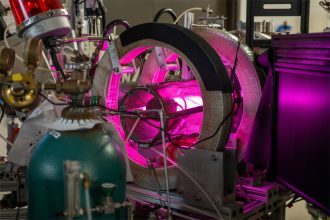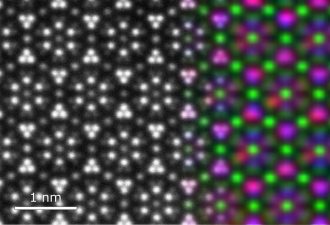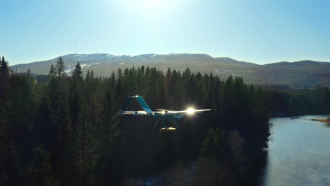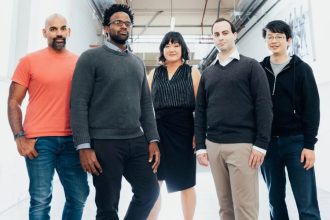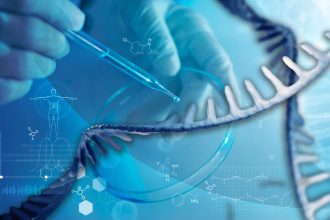School of Engineering funds $1.2 million for tools and research equipment
In the fall of 2024, the School of Engineering Dean’s Office, with support from the Engineering Council, funded $1.2 million for a new Research Tool and Equipment Support Seed Grant. In the program’s pilot year, sixteen proposals were awarded up to $100K in support of physical research equipment. The funds covered (but were not limited to) physical equipment, hardware, installation of equipment, service contracts, or staff time associated with major equipment use. The new equipment will benefit the research of multiple PIs. It will also expand and enable new collaborations among faculty. Learn more.
Using spatial learning to transform math and science education
Legend has it that Isaac Newton was sitting under a tree when an apple fell on his head, sparking a bout of scientific thinking that led to the theory of gravity. It’s one of the most famous stories in science, perhaps because it shows the power of simple human experiences to revolutionize our understanding of the world around us.
Romancing the stone: DMSE researchers crack magnetic garnet mystery
Five years ago, what began as three nervous Norwegians spotting each other across a study room has evolved into a drone company enabling sustainable deliveries, elder care, and more against a backdrop of unforgiving conditions.
Flying high to enable sustainable delivery, remote care
Five years ago, what began as three nervous Norwegians spotting each other across a study room has evolved into a drone company enabling sustainable deliveries, elder care, and more against a backdrop of unforgiving conditions.
Pioneering the future of materials extraction
The next time you cook pasta, imagine that you are cooking spaghetti, rigatoni, and seven other varieties all together, and they need to be separated onto 10 different plates before serving. A colander can remove the water — but you still have a mound of unsorted noodles.
Helping nonexperts build advanced generative AI models
The impact of artificial intelligence will never be equitable if there’s only one company that builds and controls the models (not to mention the data that go into them). Unfortunately, today’s AI models are made up of billions of parameters that must be trained and tuned to maximize performance for each use case, putting the most powerful AI models out of reach for most people and companies.
Dean Anantha Chandrakasan receives honorary degree from the National Technical University of Athens
The National Technical University of Athens (NTUA) has awarded an honorary doctorate to Anantha P. Chandrakasan – MIT's Chief Innovation and Strategy Officer, Dean of Engineering, and Vannevar Bush Professor of Electrical Engineering and Computer Science – during a ceremony on NTUA’s campus on June 10, 2024. The honor recognizes Chandrakasan’s pioneering work in low-power electronics, as well as his impactful leadership in advancing engineering education and research.
Making steel with electricity
Steel is one of the most useful materials on the planet. A backbone of modern life, it’s used in skyscrapers, cars, airplanes, bridges, and more. Unfortunately, steelmaking is an extremely dirty process.
“Pathways to Invention” documentary debuts on PBS, streaming
The Lemelson-MIT Program has announced the national debut of an award-winning documentary that celebrates invention: American Public Television (APT) presents “Pathways to Invention,” a film that follows modern inventors of diverse backgrounds as they develop life-changing innovations.
Unlocking mRNA’s cancer-fighting potential
What if training your immune system to attack cancer cells was as easy as training it to fight Covid-19? Many people believe the technology behind some Covid-19 vaccines, messenger RNA, holds great promise for stimulating immune responses to cancer.
